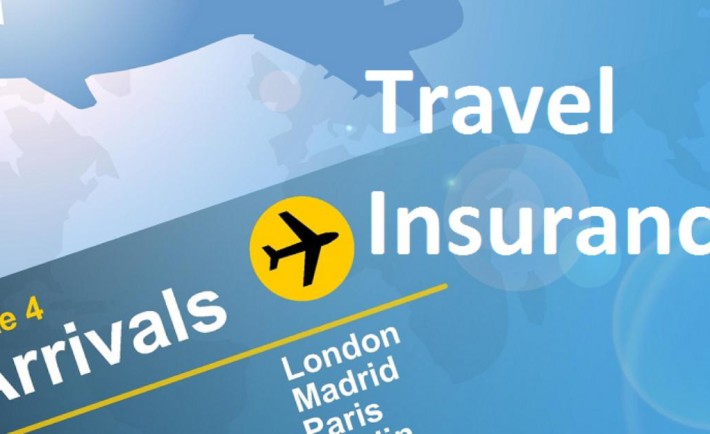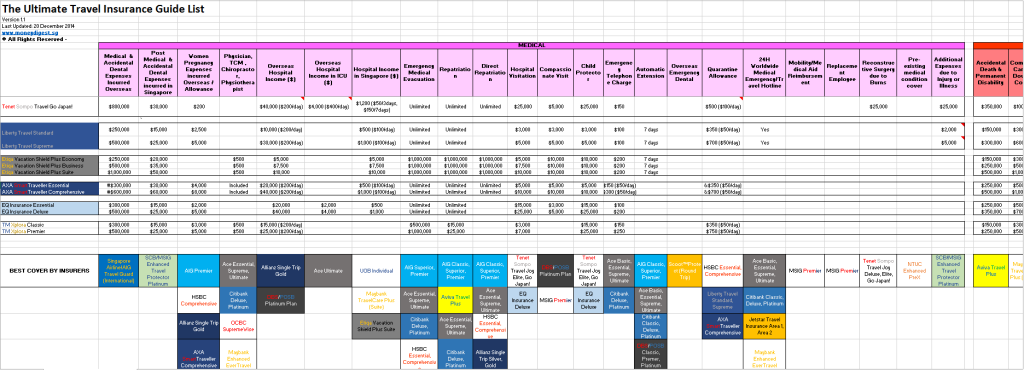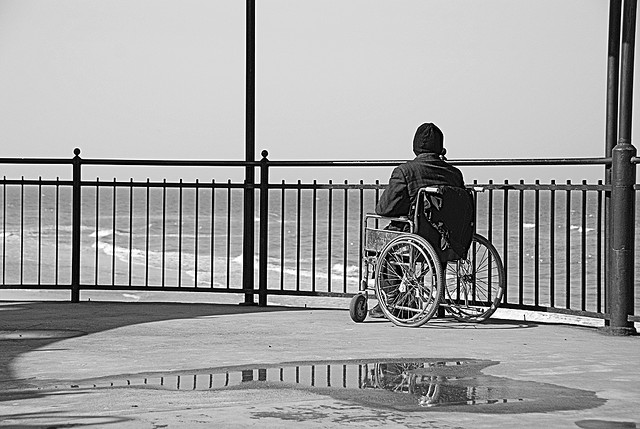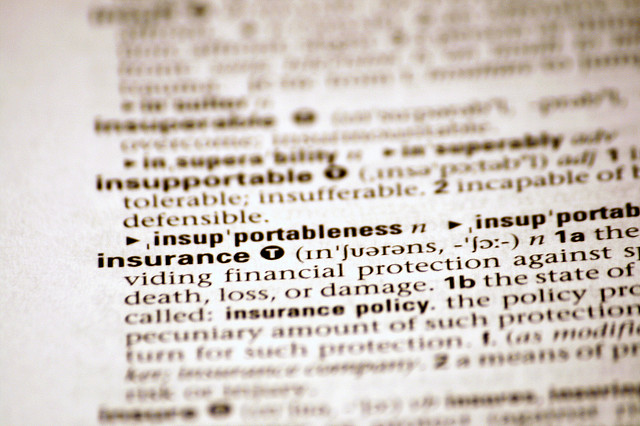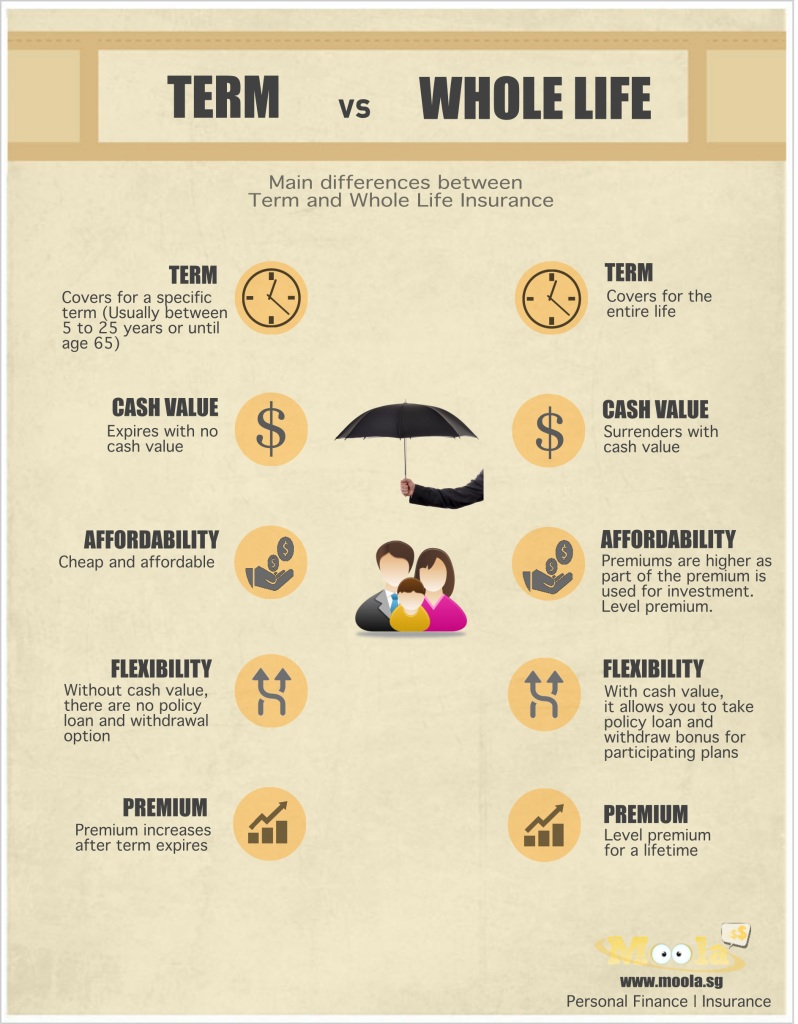Life insurance is an important tool for an individual’s financial plan. Because you don’t have a crystal ball to predict what will happen to you tomorrow and the day after, you need to transfer this risk to a life insurance company – by paying a premium.
Fortunately, you don’t need any divination to find out how much life insurance cover you need. Since this article is penned in the year 2015, i have reasons to believe you belong to the Gen Y’s population and is knowledgeable enough to work out your own insurance needs by following the steps below. That is also the reason why very soon you will be able to purchase life insurance cover directly from the company without the need of financial planners. (If you belong to the Gen X’s, i don’t see why you need any life insurance besides your Medishield or Medishield Life)
Working out how much you need is no rocket science. It’s as easy as sitting down with a calculator on your hand and asking yourself a few questions.
1. Do i have any dependants?
This should be the first question you ask when you buy life insurance. You want to provide for your loved ones should something untoward happen to you.
Let’s assume Michael has a wife and a 3 years old son that he need to take care of. He is also providing allowance to his aged parents who have retired and not working.
2. How much do they need?
Finding out how much your dependants need is important to determine how much life insurance cover you should be looking at.
Now Michael contributes $2,000 a month to household expenses which include paying for the bills, foods, daily necessities and children expenses. His wife is also working and contribute the other half of the household expenses amounting to $2,000 a month.
If something unfortunate happens to Michael tomorrow, his wife would have to shoulder the responsibility of paying for Michael’s share and may not have enough to cover a monthly household expenses of $4,000 a month.
So Michael wants to protect his share of liability.
He needs to provide for 20 years of household expenses until his son graduates from university and starts working.
He will need to cover himself sufficiently such that the large sum of money paid out can be invested to generate a passive income of $24,000 a year. Let’s assume a modest 4% rate of return, Michael simply divide $24,000 over 4% to work out $600,000. That is the cover he needs to provide a passive income of $24,000 a year for his family.
Once they no longer need this passive income, the bulk of this money could be used to purchase a home for Michael’s son.
3. What about mortgage, other loans or even children’s tertiary education?
For mortgage you would have taken up a mortgage decreasing term assurance to take care of that.
if you look into loans and children tertiary education, you could have factor those into your monthly expenses. That is also to say i am assuming you would have set away a portion of your monthly salary into a portfolio that gives at least 8% of growth to your children education fund.
4. Does that means i don’t need any insurance cover if i have no dependent?
You would hope so. But you might want to look into replacing your income should you become disabled or get critically ill. That is when you should consider getting yourself covered for total permanent and disability until the age you retire.
As for critical illness, a simple rule of a thumb is to cover for 5 years of your income because of the prognosis of cancer (or the survival rate of cancer, being the most common critical illness in Singapore) You can basically go without income for 5 years since you will be focused on recuperating and going for chemotherapy and other cancer treatments.
For hospital cover, don’t forget you have your Medishield or Medishield Life to take care of them.
What’s next?
We should be expecting a web aggregator to be rolled out in the first quarter of 2015. Now that you know how much you need to get yourself covered, most consumers can actually skipped the middleman to pay a lower premium and make use of web aggregator to find the most suitable product at the most affordable price.




